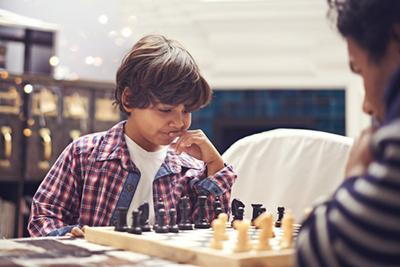
Play is a crucial part of childhood, contributing significantly to a child’s development. It's not just about having fun; play helps children learn and grow in numerous ways. Play can help children develop social skills and learn how to move around. It’s important to understand how play impacts your child and how you can stimulate growth and development through playtime.
Growing Through Play
Play activities like running, climbing, drawing, and building help develop both large and small muscle groups. This enhances coordination, balance, and fine motor skills. Active play promotes physical fitness, reduces the risk of childhood obesity, and helps establish lifelong healthy habits.
Through play, children learn to think critically and solve problems. Activities like puzzles, building blocks, and role-playing games stimulate their cognitive abilities. Unstructured play allows your child to use their imagination, fostering creativity and innovative thinking.
Playing with others teaches your child how to communicate effectively, share, and collaborate. They learn important social skills such as empathy, negotiation, and conflict resolution. Play also helps them form bonds with peers and adults, contributing to their emotional and social well-being.
To promote development during playtime, it’s important to know how to get the best environment for play. Ensure the play area is safe and free from hazards. Supervise young children to prevent accidents while giving them the freedom to explore and play. Make the play area welcoming with a variety of toys and materials that encourage different types of play, from physical activities to imaginative play.
You can encourage different types of play so that your child can work on different skills. Allow children unstructured time to play freely, making their own decisions and engaging in activities they enjoy. You can participate in play with your child. Activities like board games, reading together, or arts and crafts can be both fun and educational. While some screen time can be educational, it’s important to balance it with physical and creative play. Encourage activities that involve movement, interaction, and hands-on learning.